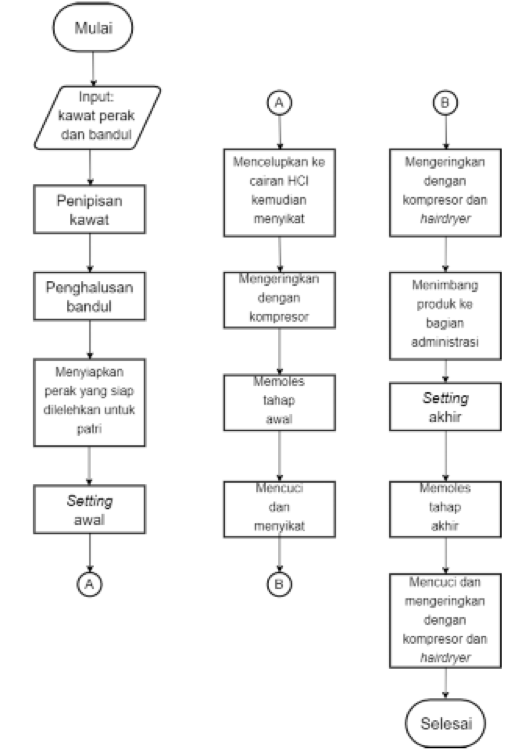Written by: Indira Tantina
Small Medium Entreprise (SME) is one of many important sectors in Indonesia economy (Bhasin, 2010; Gunawan 2012; Hamdani, 2012; Indrawati, 2012; Pawitan, 2012; Setyaningsih, 2012). SMEs are crucial to the economy in terms of sustainable growth and employment. They now face a new reality of being challenged on their home turf through the ASEAN Economic Community. This requires them to be more competitive and innovative in order to survive.
In Indonesia, SMEs have contributed over 75% of national income and occupied 97% national employment (National Cooperative Department, 2011). This high number reflects that SMEs needs to be carefully developed due to wide variances of labor skill and technology adopted in contrast to customer’ requirements over the products.
In order to help SMEs to develop their strength and potentials, the government should dedicate more effort to eliminate SMEs boundaries. On the other hand, SMEs themselves should figure out which factors that significantly influence the performance of SME which responsible to increase the productivity.
The question is, how to analyze SME production system?
SME production system is a real world process, with many variables included. The number of variables included often influence the complexity of the system. The more complex the system is, the harder it gets to be evaluated analytically. Therefore, in order to capture the behaviour of system without changing anything in the real system, the simulation method comes to use.
By using Flexsim 2017 as a tool to model an SME production system, a group of Industrial Engineering Student UGM analyzed the production system and underlying factors that are responsible to SME’ productivity, then resulting on suggestions for improvement to increase the productivity of SME as twice as much.
The research was mainly focused on one of SME on silver jewelry products located at Yogyakarta Province, Indonesia.
Salim Silver is one of the silver jewelry SME pioneers at Yogyakarta. It produces a lot of products, such as bracelets, necklace, pendant, rings, and earring. All of them was made by silver and other alloys. For the research purpose, the observation was done for only one product, hoop earring. The product’s picture can be seen on Figure 1.

Figure 1. Product observed – Hoop earrings
The demand of the product was assumed as 30 earrings per month. The production of the hoop earring involved several workstations, or 7 precisely. The production process flow can be seen on Figure 2.

Figure 2. Production process of hoop earring
Making a model using Flexsim required process time data, as well as other data such as number of workers, workstations layout, raw material quantity, etc. All of the data were manually observed at SME’ environment.
After the model was done, it was also necessary to verify and validate the model to ensure that the model made was representative enough to represent the real system. And then next, the improvement.
Before the imprevement suggestions are given, there are few things that are being analyzed. For example, worker utility. It showed that the worker on setting workstation had a heavy workload compared to to other workers. Setting station is also a station where bottleneck happened.
The solutions suggested are:
- Adding one full time worker on setting station.
- Making the worker on thinning wire works flexibly; on thinning station also on setting station.
- Outsourcing part time worker for setting station.
From the three alternatives suggested, the third one is finally chosen. The consideration involved on the decision were profitability and the increased productivity achieved.
